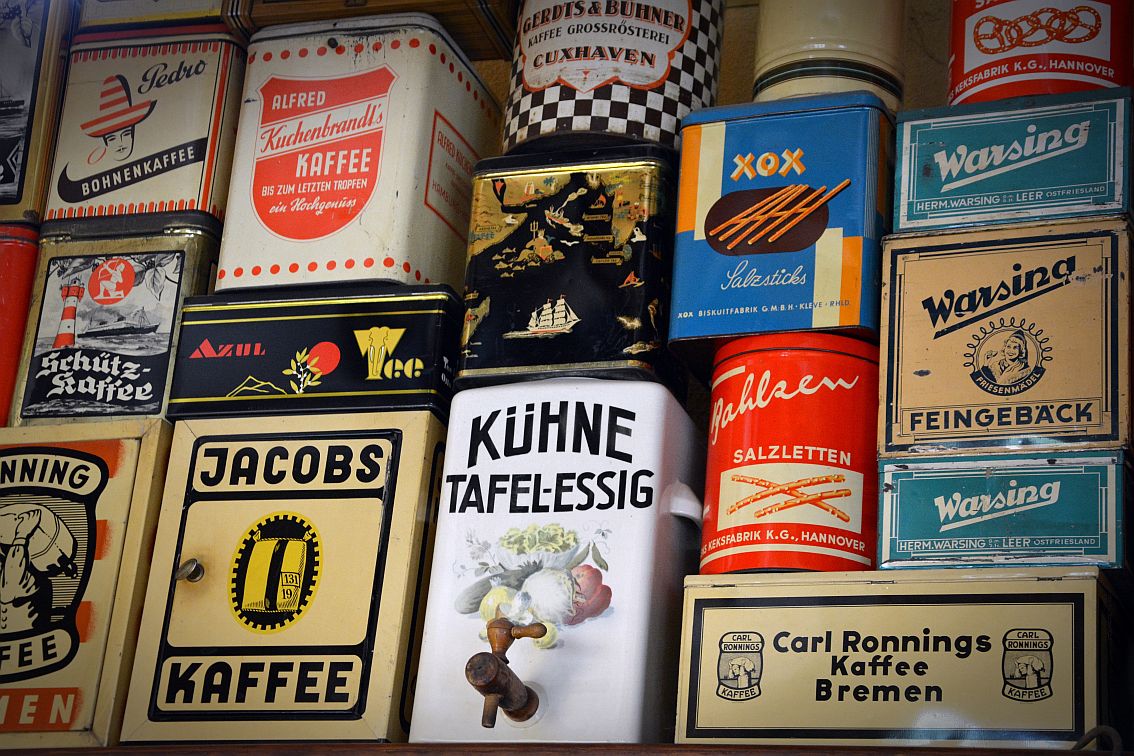Consumers tend to take packaging for granted in general, but often notice unique or artistic packaging during holidays and other special occasions. Fancy tins work well for these marketing scenarios, because people associate recognizable special designs with time markers, based on experiences and gifts they've given or received in the past. Here we describe how fancy tins are associated with personal experiences and nostalgia.
Why Fancy Tins Trigger Memories
It's something that's been embraced for generations, which gives it a nostalgic feel. Adding colorful designs to a tin box moves in an even more classic direction. It captures memories of sharing candies and chocolates at parties with family and friends.
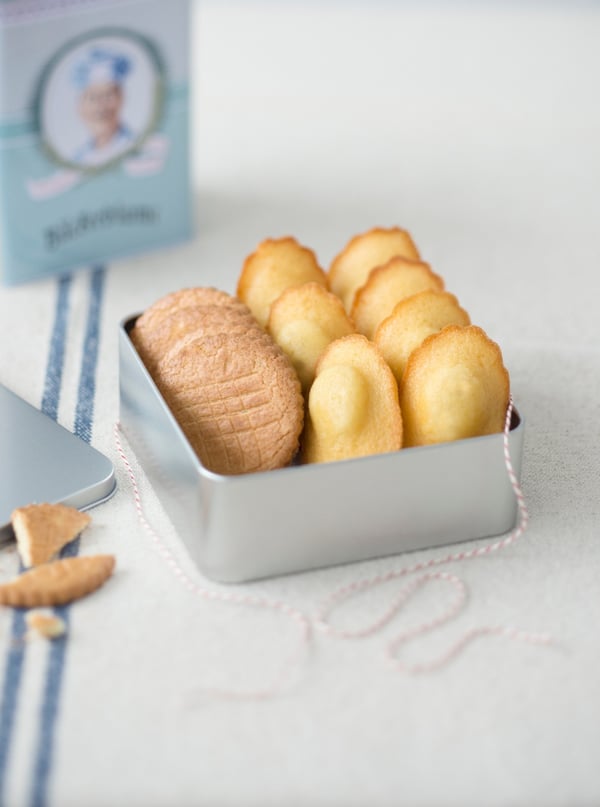
Traditionally tin boxes containing food have been stored in the kitchen, adding color and personality to the room. A bright yellow tin box decorated with flowers, for example, communicates an upbeat mood. Fancy tins have been around a little over a century and are most evident around the most personable events on the calendar. Bread boxes helped usher in the new era of elaborate, colorful and artistic packaging of food. The bread box itself represents an earlier era when it was a more common household item. The tin bread box became popular in the 1950s.
Collectible Tins
Research by Belik in the 1990s found that most consumers discard packaging as disposable and secondary to the product, with exceptions being collectors.
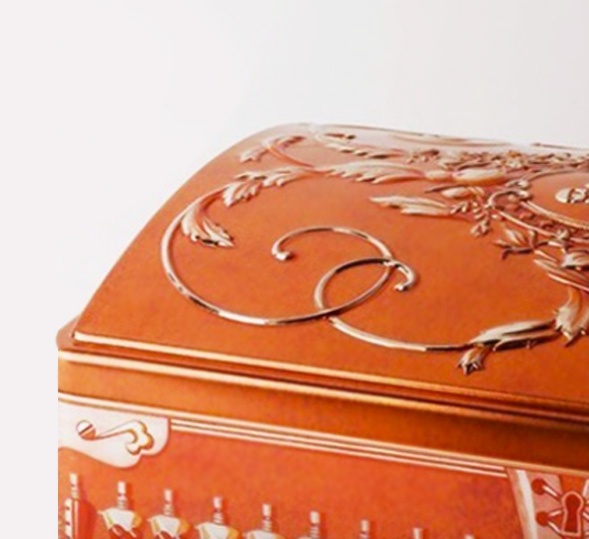
That's an import detail to remember, as markets for collectors are often overlooked by the firms that create and supply the products.
It opens the door to many possibilities for creating future collectible fancy tins that can be used as time markers for a brand's evolution.
Collectors all have certain things in common, such as the desire to create a presentation of unique items, even if it's just for personal use. Some people collect fancy tins to capture moments in history, while others enjoy collecting a wide variety of unique designs. Tin bread boxes have utility as well because they're usually large enough to store a variety of different foods.
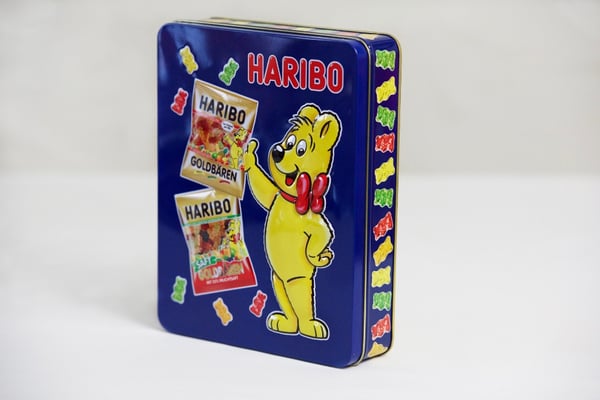
One of the items tin collectors often seek is a vintage tea can, such as the type Lipton made in the early 20th century. These containers captured fashion and lifestyle imagery of the era.
Even recent collectible tin containers for cookies from the 1990s still generate interest. Once an item is out of circulation, collectors who remember it want it, whether it has resale value or not. Some collectors simply want artifacts that trigger memories in their lives.
How Regular Consumers Respond
While there's certainly a segment of society that collects various specialty items such as fancy tins, the common consumer is actually more concerned with the product than the packaging, according to several studies. Furthermore, a University of Helsinki Study found that remembered experiences associated with packaging are rare.
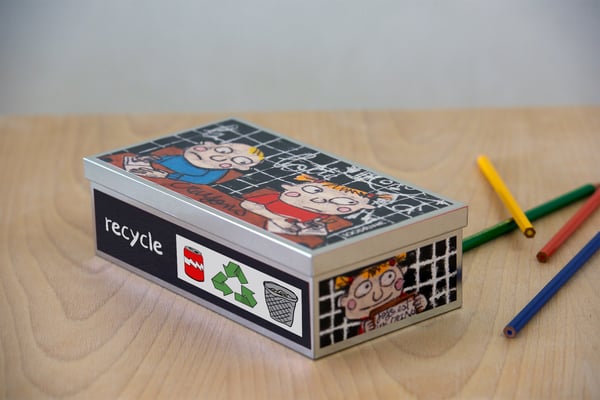
The study found further interesting evidence that packaging designers should absorb. Researchers observed that in mediated experiences consumers process packaging information at the point of purchase and from advertisements.
 The three main factors consumers use to make purchasing decisions, according to a 2001 Underwood study, are price, brand and packaging. Consumers are curious about how the packaging relates to the product, at least at the point of purchase.
The three main factors consumers use to make purchasing decisions, according to a 2001 Underwood study, are price, brand and packaging. Consumers are curious about how the packaging relates to the product, at least at the point of purchase.
The variables on packaging that consumers evaluate are color, typography, graphical shapes and graphic components. The container's material, shape and size also factor into this evaluation. Consumers think in terms of both visual and informative elements.
Yes, label information does affect decision-making, according to a 2009 Rundh study. Many times the brand name can be the deciding factor once the consumer has made positive associations with the brand.
Tin Nostalgia
The University of Helsinki study explored the type of packaging-related experiences that consumers remember. Participants told stories how they associated certain sweets with what their grandparents kept in the cupboard. One individual mentioned how their grandfather kept tins at the top of a bookshelf.
Clearly, fancy tins can be used as ambiance in home or commercial settings, particularly as nostalgia.
The study further found that nostalgic packaging triggers memories about places and physical spaces, such as the homes of grandparents. These packages also trigger memories of vacation trips and meaningful experiences. So in that sense, fancy tins can be very powerful, almost like a family photograph.
References and Further Reading
- More articles on Fancy Tins (2019 - today), by Alex Cosper et al.
- Read more on Luxury Packaging (2017 - today), by Alex Cosper
- “My Grandfather kept one of these tins on top of the bookshelf”: Consumers’ recalled experiences involving packaging (2016), by Toni Ryynänen , Markus Joutsela , Visa Heinonen, Qualitative Market Research, ISSN: 1352-2752
- From Disgust to Desire: How Products Elicit Our Emotions (2004), by Pieter M. A. Desmet, in Design and Emotions, edited by Dena McDonagh et al., page 8.
- Definition: Luxury Foodstuffs (retrieved 17.10.2017), Wikidata
- Luxury branding: the industry, trends and future conceptualisations (2015), by Yuri Seo and Margo Buchanan-Oliver
- Food packaging: The medium is the message (2010), by Corinna Hawkes
- More articles on Chocolates , Biscuits and Confectionery packaging, by Alex Cosper and Dawn M. Turner
- Multisensory design: Reaching out to touch the consumer (2011) by Charles Spence and Alberto Gallace
- Assessing the influence of the color of the plate on 2 the perception of a complex food in a restaurant setting (2013), by Betina Piqueras-Fiszman, Agnes Giboreau and Charles Spence
- Does the weight of the dish influence our perception of food? (2011), by Betina Piqueras-Fiszman, Vanessa Harrar, Jorge Alcaide and Charles Spence
- The weight of the container influences expected satiety, perceived density and subsequent expected fullness (2011), by
Betina Piqueras-Fiszman and Charles Spence

